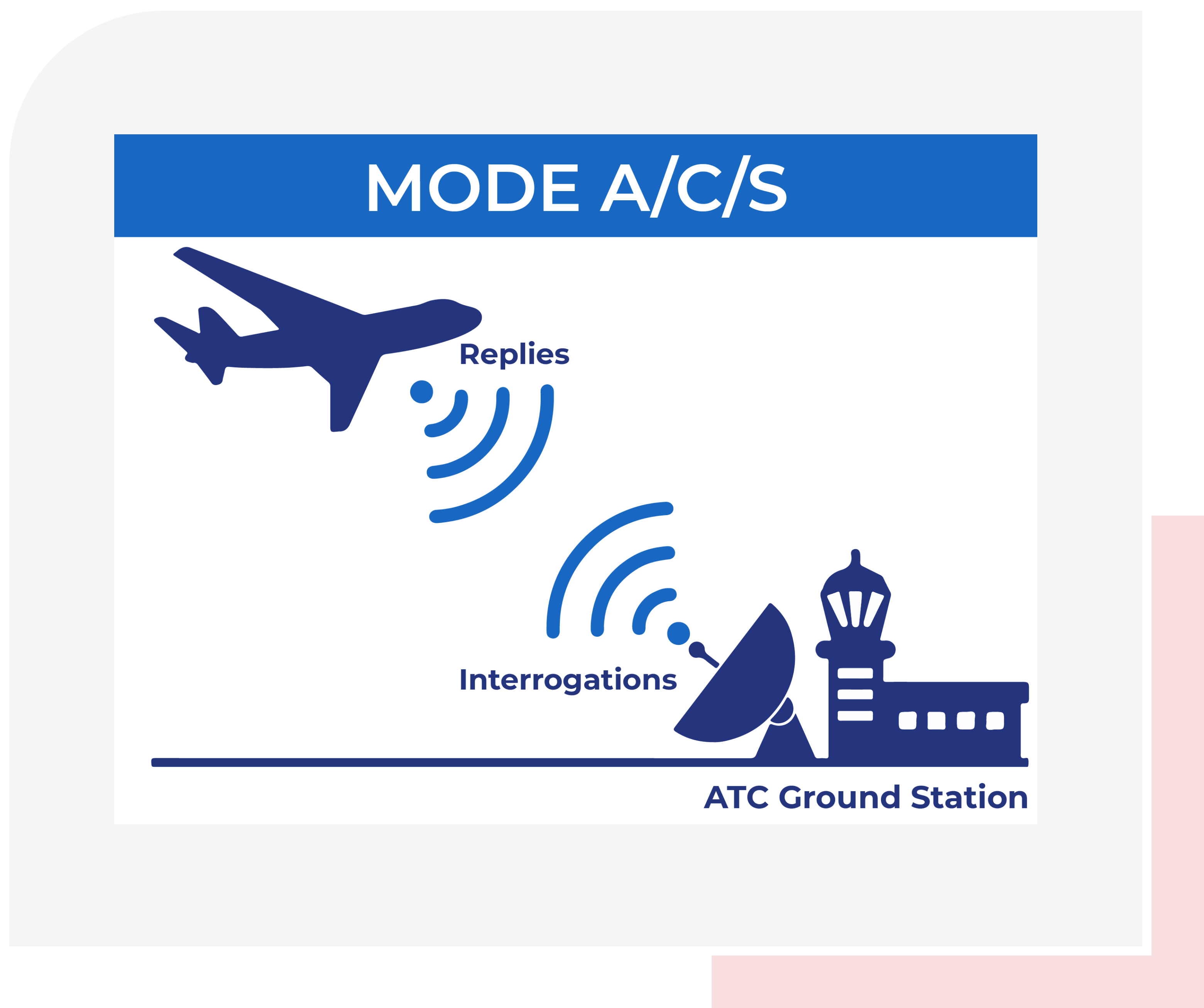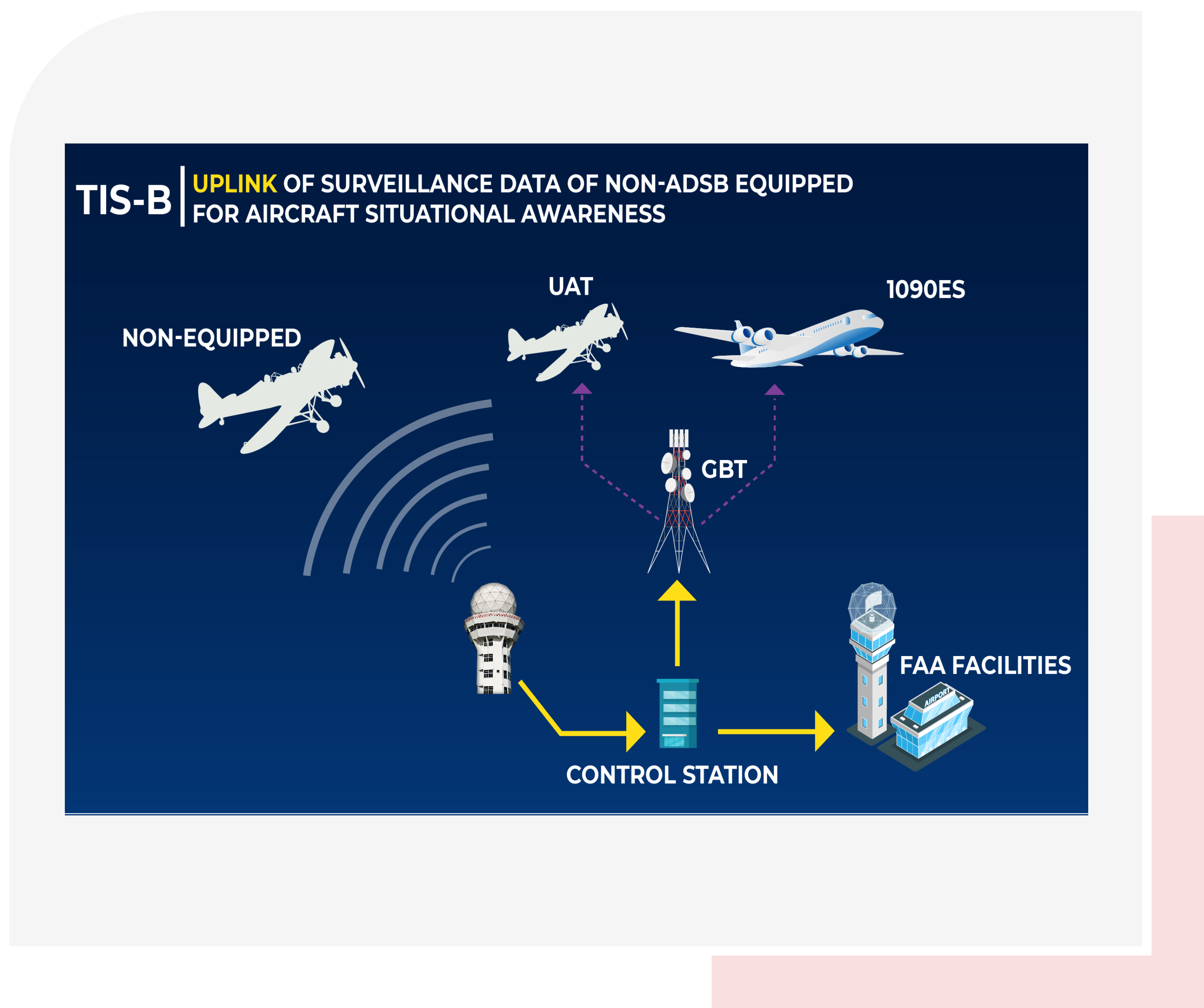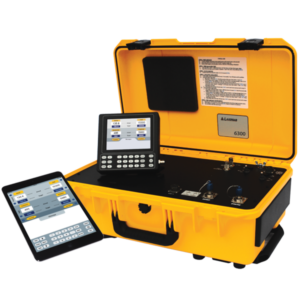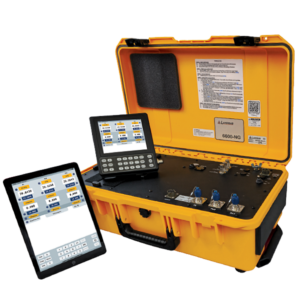Aircraft Transponder Testing
An aircraft transponder is an electronic device that communicates with air traffic control radar systems.
Main Components:
-
-
-
- Transponder Unit: This is the main device installed in the aircraft’s cockpit, which encodes and transmits the squawk code and altitude information to air traffic control.
- Antenna: The transponder requires an antenna mounted on the outside of the fuselage to receive interrogation signals from radar and to transmit responses.
- Control Head: This is the interface in the cockpit through which the pilot can input the squawk code and control the transponder’s operating modes.
- Digitizer: This component converts the analog signals into digital data that can be transmitted by the transponder.
-
-


Types of Transponders:
-
-
- Mode A Transponder: This is the most basic type, transmitting only a four-digit identifying code known as a “squawk” code.
- Mode C Transponder: A step up from Mode A, this transponder transmits both the squawk code and the aircraft’s pressure altitude information.
- Mode S Transponder: The most advanced type, Mode S transponders transmit the squawk code, altitude, and additional data such as the aircraft’s registration information and speed to air traffic control (ATC) and other aircraft equipped with Mode S transponders.
-
ADSB (Automatic Dependent Surveillance-Broadcast):
-
-
-
- Allows aircraft to determine their position via satellite and periodically broadcast this information.
- Allows aircraft to be tracked by ATC and other aircraft with ADS-B receivers.
- Enhances safety by providing real-time, precise location data for improved situational awareness.
-
-


UAT (Universal Access Transceiver):
-
-
- Type of ADS-B system that operates on the 978 MHz frequency band.
- Used by aircraft flying <18,000 feet in the USA.
- Capable of broadcasting precision location information for ATC and other aircraft
- Capable of receiving similar information as well as weather (FIS-B) and traffic (TIS-B) information.
-
Functional Testing:
-
-
-
- Regularly testing the transponder systems of an aircraft is essential to its performance.
- Test systems like the ARTS-7000 can transmit radio signals to the aircraft under test that simulates ground stations, controllers, or other aircraft.
- These tests will ensure aircraft transponder systems are performing appropriately, whether they are transmitting or receiving information.
- GPS is widely used for both en-route and precision approaches.
-
-





